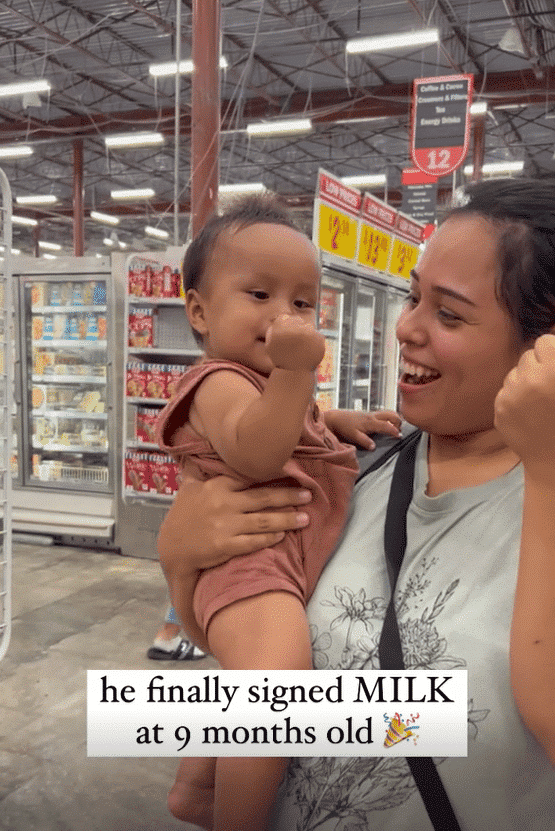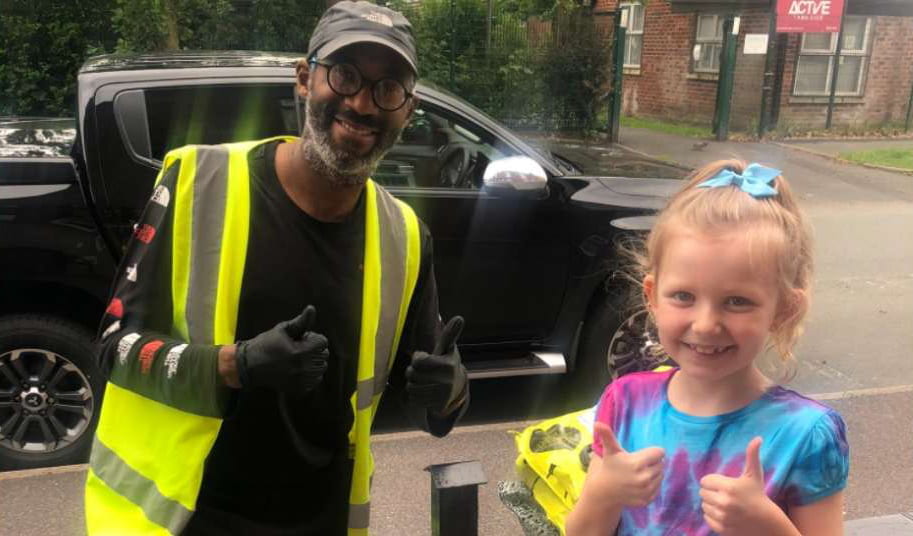
American Sign Language (ASL) is a sight-based means of human communication. Once people utilize sign language, their brains sort out and interpret verbal data through their eyes. Hand shape, positioning, and hand motions, along with facial cues and physical gestures, all convey information through ASL.
ASL is mostly utilized in different parts of the United States and English-speaking regions of Canada. Several high schools, colleges, and universities in the US accept it to satisfy learners’ foreign language requirements. Furthermore, parents regularly teach ASL to their Deaf and Hard of hearing (D/HoH) children from birth. Thus, the youngsters can communicate with relatives, friends, and other people as fast as possible.
This particular technique of early learning in ASL is adopted by Estefani and Oscar Arevalo in Kern County, California, with their two Deaf offspring – female child Ervelyn and son Jabez. The Arevalos also instruct others in their neighborhood about life as a Deaf or Hard of Hearing individual and use social media to advocate ASL as the superior method of interaction for D/HoH individuals.
To illustrate, the duo recently shared a footage on TikTok displaying their 9-month-old little one Jabez learning his initial vocabulary, “milk.” In the footage, the little one became tremendously excited as his mother tries to communicate with him by signing “milk” in ASL.
Inside a different clip, Estefani employs sign language to communicate “milk” to their toddler while they’re in a grocery store. Her caption reads, “I introduced my baby boy to ASL after we found out he is Deaf.” The caption also states that she tries to teach Jabez the way to sign the term milk every day and that she “caught him signing milk while [they] were shopping.”

The introduction of ASL into little Jabez’s lexicon was a notable milestone for the Arevalos. It has opened up novel opportunities for them to interact with their offspring more effectively.
The Beauty and Advantages of Using Sign Language
Sign language can positively impact D/HoH kids by allowing them to communicate in meaningful and rewarding ways. Additionally, sign language helps bridge communication barrier amongst families with hearing-impaired children, improving relationships and comprehension among kin. What’s more, instructing sign language to kids who are D/HoH and those with typical hearing can have additional benefits, such as the following:
- Fine and gross motor skills are heightened
Children’s gross motor skills typically advance before their verbal communication, such as when babies learn to walk and run earlier than they can use full expressions. Sign language fosters gross and fine motor skills via its constant use of manual signs and finger actions.
- Signing prior to acquiring verbal skills
When educated adequately, infants have the capacity to begin using sign language prior to speaking their first word. This is because infants’ need to express their needs and wants is apparent well before their speaking skills commence.
- Heightened self-esteem and confidence
As kids become proficient in expressing themselves by means of sign language, their confidence and self-respect can grow because they are able to communicate more efficiently with their parents and brothers and sisters. As a result, allows their desires to come true faster.
ASL gives these and numerous other benefits for children with hearing impairments and those without hearing loss. Through it, parents, educators, and specialists in early childhood development have the ability to help kids in learning vocabulary, building core educational skills, and advancing in other aspects.




